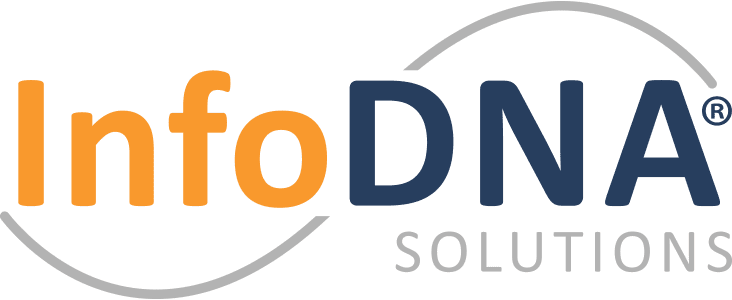

Mergers and acquisitions (M&A) often involve consolidating data from multiple sources, which can be challenging to manage and govern. Unstructured data, such as documents, emails, and multimedia, can be challenging to integrate and maintain due to its lack of a predefined structure. To effectively manage and govern unstructured data during an M&A, organizations can implement a variety of strategies, including:
- Data discovery and mapping
- Identifying and mapping the location and structure of unstructured data across the organizations involved in the M&A.
- Data governance
- Establishing policies and procedures for managing, maintaining, and securing unstructured data.
- Data standardization
- Consistently formatting and structuring the unstructured data to make it more easily searchable and usable.
- Data migration
- Moving the unstructured data from the original source to a centralized location for storage and management.
- Data archiving
- Archiving unstructured data that is no longer needed to reduce storage costs and improve data governance.
Due Diligence
From a due diligence perspective, unstructured information can pose a challenge as it is often difficult to locate, access, and analyze. This can make it difficult for due diligence teams to fully understand the potential risks and opportunities associated with a merger or acquisition.
However, unstructured information can also serve as an opportunity to discover risk. For example, unstructured data such as emails, contracts, and other documents can contain valuable information about a company’s operations, financials, and legal compliance. By adequately analyzing this information, due diligence teams can identify potential risks such as:
- Legal and regulatory compliance issues
- Unstructured data may contain information about a company’s compliance with laws and regulations, such as labor laws, environmental regulations, and data privacy laws.
- Financial and operational issues
- Unstructured data may contain information about a company’s financial performance, such as budget reports, financial statements, and sales forecasts. This information can be used to identify potential financial and operational risks.
- Reputation and image
- Unstructured data such as public statements, news and social media posts can reveal a company’s reputation and the public’s perception of them, which can affect the outcome of the M&A.
- Cybersecurity risks
- Unstructured data may contain information about a company’s cybersecurity practices and vulnerabilities, which can be used to identify potential cyber threats and risks.
While unstructured information can pose a challenge in due diligence, it can also provide valuable insights into a company’s operations, financials, and reputation, which can help identify potential risks and opportunities. To take advantage of this opportunity, due diligence teams must have the right tools and processes to manage and analyze unstructured data effectively.
Risk Mitigation
There are several ways to mitigate the risks associated with unstructured information during an acquisition or merger:
- Data discovery and mapping: Identify and map the location and structure of unstructured data across the organizations involved in the M&A. This can help identify potential risk areas and ensure all relevant data is included in the due diligence process.
- Data Governance: Establish policies and procedures for managing, maintaining, and securing unstructured data. This can help ensure the accuracy, completeness, and security of the data,
- Data standardization: Consistently format and structure the unstructured data to make it more easily searchable and usable. This can help ensure that the data is accurate and easily analyzed for potential risks.
- Data migration: Move the unstructured data from the original source to a centralized location for storage and management. This can help ensure that the data is secure and easily accessible to those who need it.
- Data archiving: Archive unstructured data that is no longer needed to reduce storage costs and improve data governance. This can help ensure the data is accurate and easily analyzed for potential risks.
- Risk Assessment: Conduct a thorough risk assessment of the unstructured data using specialized tools, techniques, and processes to identify and analyze potential risks. This will help identify and mitigate any potential risks arising from the data.
- Cybersecurity measures: Implement cybersecurity measures to protect unstructured data, such as firewalls, intrusion detection systems, and encryption. This can help prevent cyber-attacks and data breaches.
- Contractual agreements: include specific provisions in the contractual agreements regarding data governance and data management to ensure that the acquired or merged company adheres to the established data governance and management standards.
Overall, it’s essential to have a solid plan for managing and governing unstructured data during an M&A to ensure that the data is accurate, secure, and easily accessible to those who need it and to identify and mitigate potential risks that may arise from the data.

